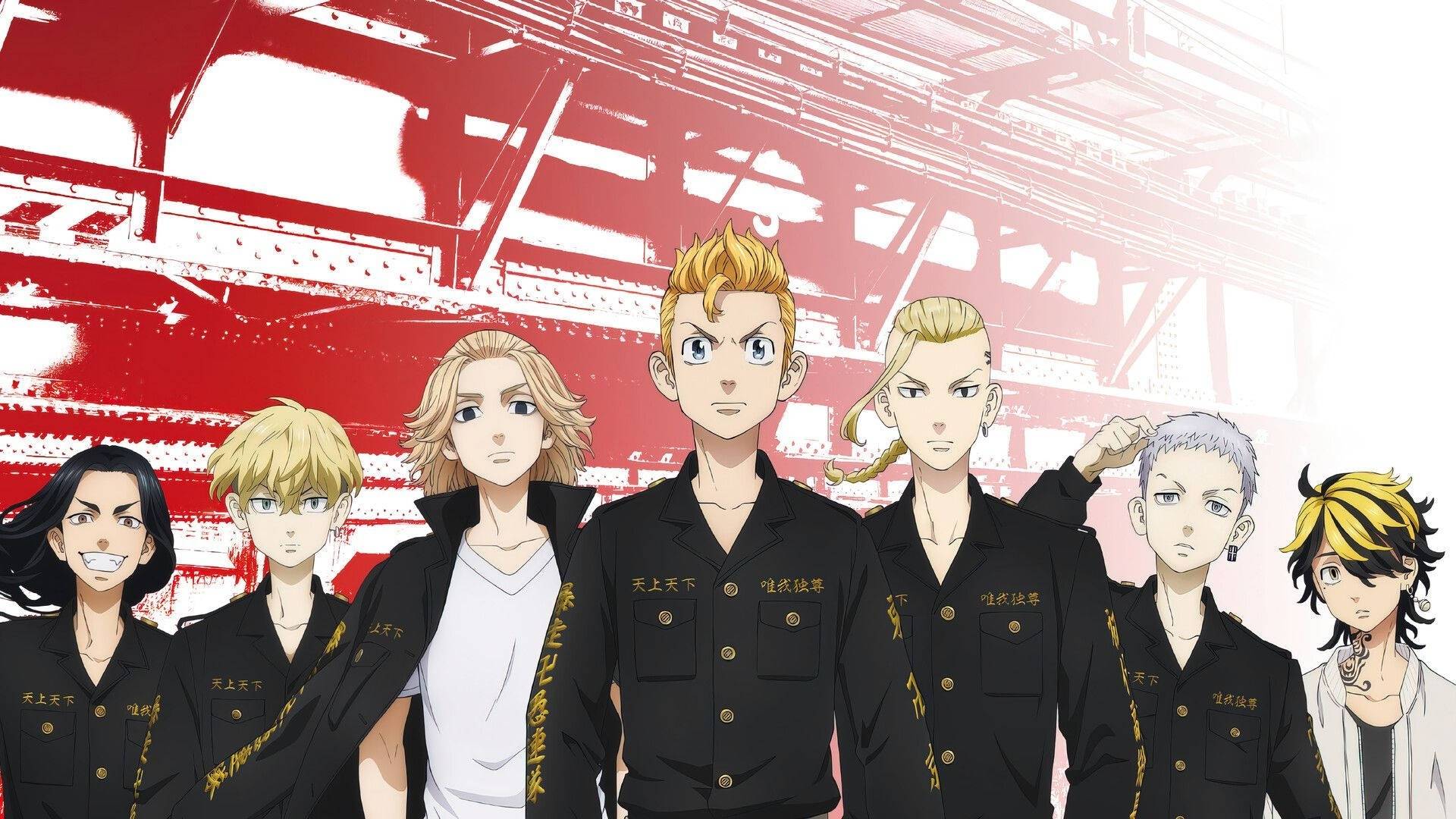Time travel has been a fascinating theme frequently explored in the anime world. This fantastic concept has inspired countless stories about characters’ efforts to change the past, shape the future, and play with destiny. Ken Wakui’s Tokyo Revengers stands out as one of the newest works joining this rich tradition. So how does this series differ from other popular time travel anime, and how does it bring a fresh breath to this genre?
Tokyo Revengers’ Time Travel Mechanism
Tokyo Revengers follows main character Takemichi Hanagaki as he travels 12 years into the past to prevent the death of his ex-girlfriend Hinata Tachibana. The series’ time travel mechanism is quite unique: Takemichi can travel through time when he shakes hands with a specific person. To go to the past and return to the present, he needs to shake hands with the same person.
This mechanism differs from other time travel anime in several ways:
Limited Control: Takemichi doesn’t have complete control over time travel. He always goes to the same point, 12 years ago, and can only stay there for a limited time.
Physical Transfer: While many anime feature mind transfer (like in Erased), in Tokyo Revengers, Takemichi’s entire being travels to the past.
Trigger Mechanism: The handshake requirement ties time travel to a social interaction, adding a unique dynamic to the story.
Steins;Gate: Scientific Approach
Perhaps the most famous time travel anime, Steins;Gate, takes a completely different approach from Tokyo Revengers. In this series, Rintarou Okabe, who defines himself as a scientist, and his friends manage to send messages to the past using a microwave oven.
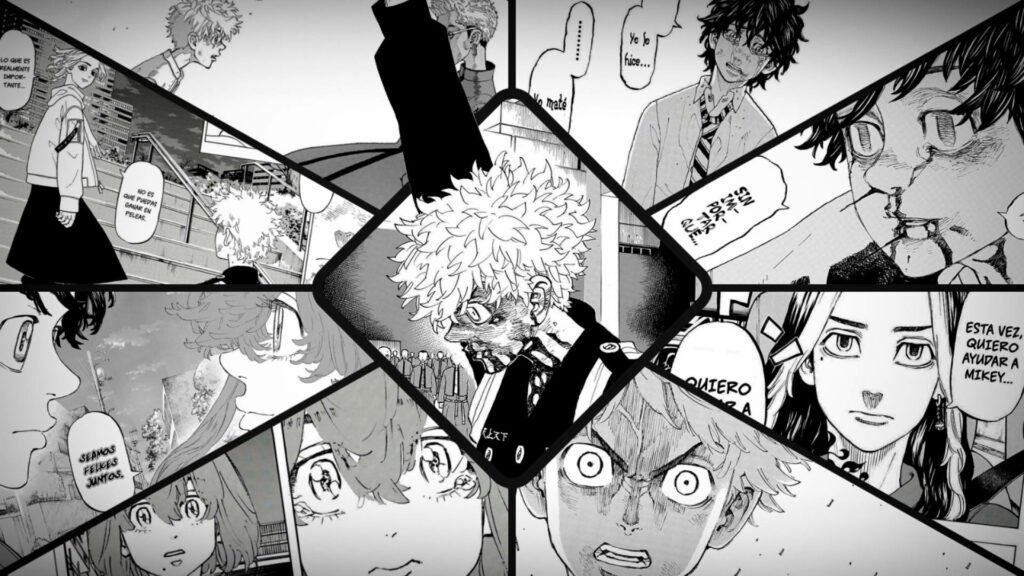
Steins;Gate’s approach differs in these ways:
Scientific Foundation: The series is based on scientific concepts like quantum physics, world lines, and the butterfly effect.
Gradual Discovery: Characters slowly discover the rules and consequences of time travel.
Message Sending: Initially, only digital messages can be sent to the past; there’s no complete physical transfer.
While Tokyo Revengers focuses on the world of street gangs, Steins;Gate navigates the realm of science fiction and theoretical physics.
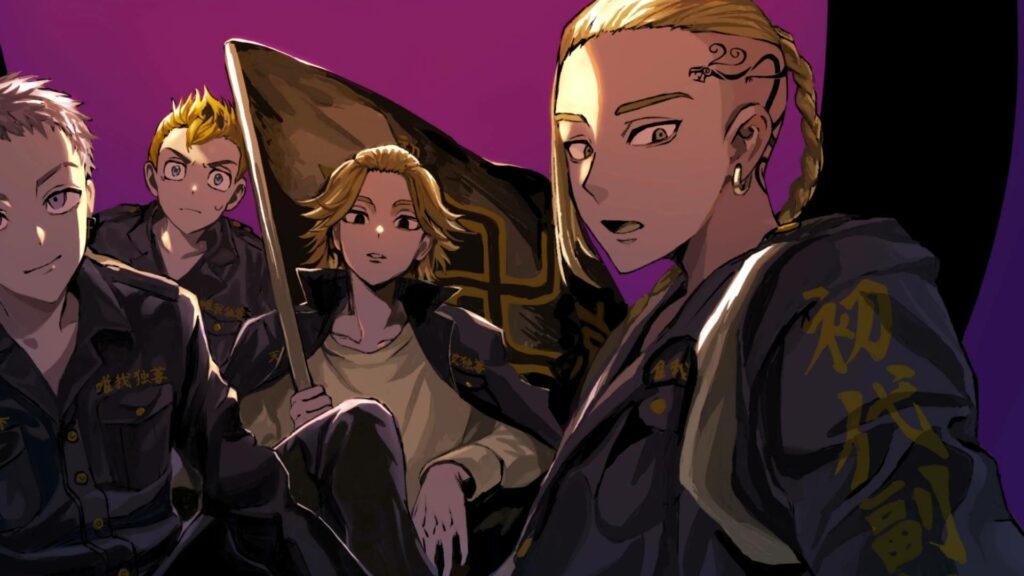
Erased (Boku dake ga Inai Machi): Involuntary Journey
Erased is a series where the main character, Satoru Fujinuma, is involuntarily sent to the past to prevent disasters. This ability, called “Revival,” usually sends Satoru back a few minutes before events, but at one point, he goes back 18 years.
Erased’s approach differs in these aspects:
Involuntary Triggering: Satoru cannot control time travel; it happens automatically in moments of danger.
Mind Transfer: Only Satoru’s mind travels to the past, returning to his childhood body.
Specific Purpose: Time travel is presented as a tool to prevent specific tragic events.
While Takemichi takes an active role in Tokyo Revengers, Satoru is in a more reactive position in Erased.
Re:Zero: Death and Restart
Re:Zero is an isekai (another world) anime where the main character, Subaru Natsuki, returns to a certain “save point” when he dies. Technically, this isn’t classic time travel but more of a time loop.
Re:Zero’s approach differs in these ways:
Death Trigger: Subaru must die for time travel to occur.
Knowledge Accumulation: Only Subaru can carry information from previous loops.
Psychological Impact: The series intensely focuses on the psychological effects of constantly dying and reliving the same events.
While Takemichi experiences psychological challenges in Tokyo Revengers, it’s not as central a theme as in Re:Zero.
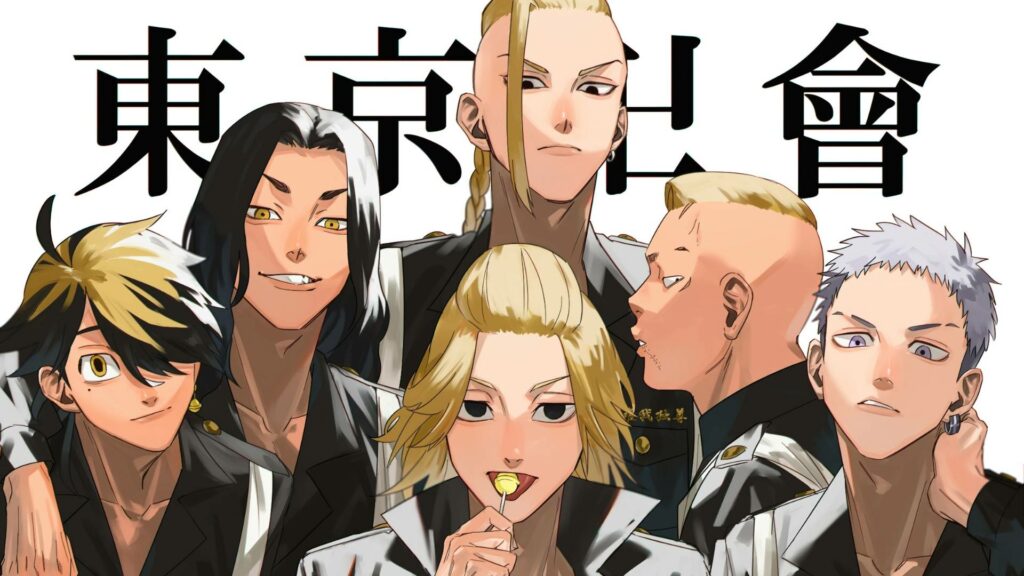
Orange: Guidance Through Letters
Orange is a series where the main character, Naho Takamiya, receives letters from her future self and tries to prevent a friend’s suicide with this guidance.
Orange’s approach is unique in these ways:
One-Way Communication: Only information travels through time, not characters.
Parallel Worlds: The series embraces the idea of alternative timelines.
Emotional Focus: It focuses on emotional bonds and regrets rather than scientific explanations.
Emotional motivations are also important in Tokyo Revengers, but it doesn’t have as romantic a tone as Orange.
Tokyo Revengers’ Unique Contributions
Tokyo Revengers makes these unique contributions to the time travel genre:
Gang Culture Context: The series places time travel in the context of Japanese gang culture, giving it a fresh air.
Personal Growth: Takemichi’s transformation from a weak, cowardly adult to a brave leader is central to the series.
Realistic Consequences of the Butterfly Effect: The realistic portrayal of how even small changes can have large and sometimes unexpected consequences.
Social Bonds: The handshake trigger makes time travel connected to interpersonal relationships.
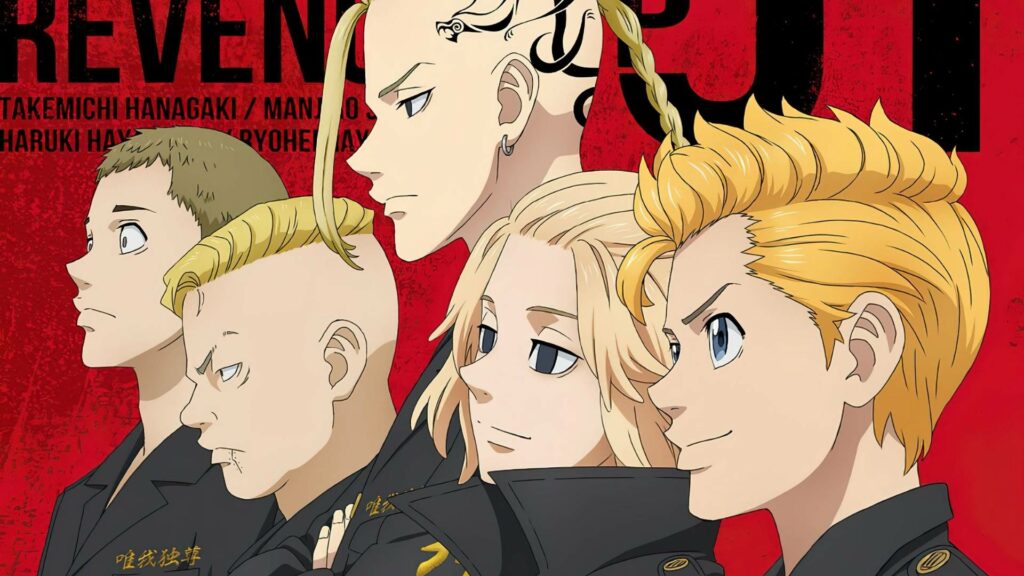
Ethical and Philosophical Dimensions of Time Travel
Each time travel anime explores different ethical and philosophical dimensions of this concept:
Tokyo Revengers: Questions “Do we have the right to change the past?” and shows the unexpected consequences of changes.
Steins;Gate: Asks deep questions about fate, determinism, and the weight of choices.
Erased: Deals with themes of justice, redemption, and second chances.
Re:Zero: Examines the role of pain and failure in personal development.
Orange: Reflects on regret and the desire to save others.
Time travel in the anime world is not just a fantastic plot device but also a powerful metaphor for exploring deep themes and character development. Tokyo Revengers adds its unique perspective to this rich tradition, asking thought-provoking questions about our desire to change our destiny, confront our past, and struggle for a better future.
While each time travel anime interprets this universal theme in its own style, they all ultimately ask the same fundamental question: If we had the chance to change our past, how would we do it, and how would it change us?
Which time travel anime’s approach do you find most impressive? What do you think about the innovations Tokyo Revengers brings to this genre?

